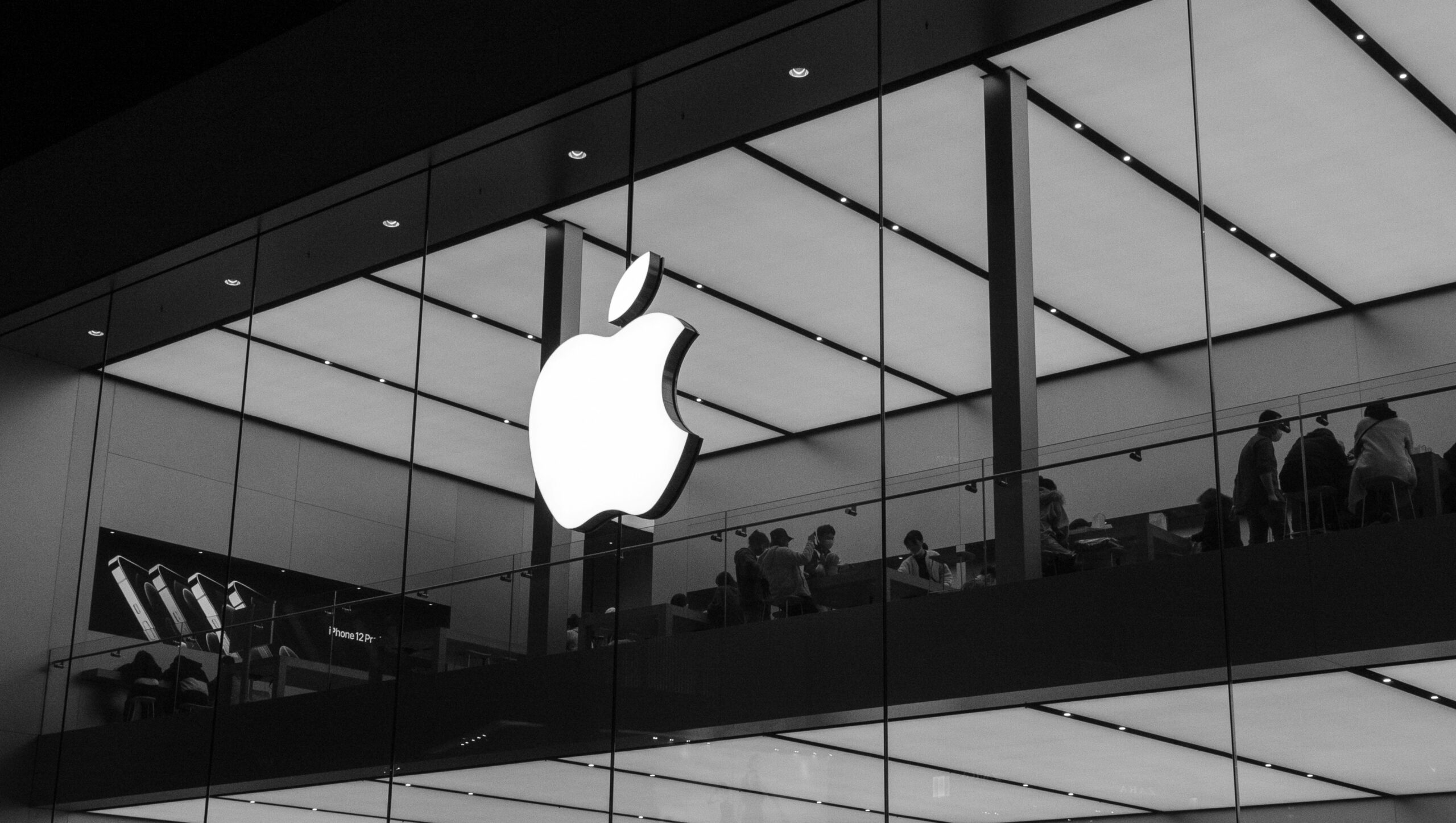Creating Seamless Omnichannel Experiences for Customer Loyalty
October 16, 2025 | by qqvmedia.com


Understanding Omnichannel Retailing
Omnichannel retailing represents a strategic approach that seeks to create a cohesive shopping experience across multiple platforms, allowing customers to interact with a brand through physical stores, online storefronts, and mobile applications. As consumer preferences evolve towards convenience and flexibility, businesses must recognize the significance of providing a seamless experience across these diverse channels. This not only enhances customer satisfaction but also plays a pivotal role in fostering long-term loyalty.
The interconnectedness of retail channels in an omnichannel framework empowers customers to transition smoothly from one medium to another. For instance, a shopper may browse products on a mobile app, compare prices on a website, and eventually make a purchase in a physical store. This fluidity underscores the importance of integrating each channel effectively, ensuring that product availability, pricing information, and promotional offers remain consistent. Such an approach not only simplifies the customer journey but also reinforces brand recognition, as consumers can engage with the brand in their preferred manner.
Numerous studies underscore the effectiveness of omnichannel strategies in enhancing customer loyalty. According to a study by Harvard Business Review, customers who engage with a brand across multiple channels have a 30% higher lifetime value than those who shop through a single channel. Examples of successful applications of omnichannel retailing can be found across various industries; for instance, retail giants such as Target and Walmart have leveraged this strategy to bridge the online-offline divide. These companies have implemented features like “buy online, pick up in-store” services, demonstrating an effective application of omnichannel principles that cater to the modern consumer’s desire for flexibility.
In summary, omnichannel retailing emphasizes the importance of a unified user experience that not only meets the needs of contemporary consumers but also fosters lasting brand loyalty.
Integrating Systems for Cohesive Experiences
The integration of various platforms is crucial for providing cohesive omnichannel experiences that foster customer loyalty. In today’s retail environment, where consumers transition seamlessly between online stores, mobile applications, and physical locations, businesses must ensure that these channels work together harmoniously. One effective approach to achieving this is by synchronizing inventory and customer data across platforms. This can be accomplished through the use of unified Customer Relationship Management (CRM) systems, which serve as a central hub for managing customer interactions and transactions.
Implementing a CRM system allows retailers to track customer behavior and preferences across different platforms. By having a comprehensive view of customer interactions, businesses can tailor their marketing strategies and ensure that inventory levels are accurately reflected across all channels. For example, when a customer makes a purchase in-store, the CRM system can instantly update the inventory available online. This real-time visibility not only enhances customer satisfaction but also minimizes the risk of overselling products.
Technology plays a significant role in this integration process. Advanced tools such as APIs allow different software systems to communicate with each other effectively. Moreover, cloud-based solutions can facilitate the secure sharing of data between disparate systems, ensuring that updates are reflected instantly for all users. Case studies of brands that have successfully implemented these strategies illustrate their effectiveness. For instance, a leading home goods retailer was able to enhance its customer experience by integrating its online and offline operations, resulting in increased sales and improved customer loyalty metrics.
In conclusion, the seamless integration of various platforms is essential in creating a cohesive shopping journey. By leveraging unified CRM solutions, retailers can enhance their operational efficiency while providing customers with a smooth experience across all touchpoints. Such initiatives not only streamline processes but also ultimately drive customer loyalty in an increasingly competitive marketplace.
Enhancing Convenience with In-Store Pickup and Push Notifications
In recent years, the retail landscape has evolved to accommodate changing consumer preferences, with convenience becoming a critical factor for customer loyalty. One practical strategy that has emerged is the integration of in-store pickup options for online orders. This service not only provides a seamless shopping experience but also caters to the increasing demand for flexible shopping solutions. Customers can easily place their orders online and choose to collect their purchases in-store, thereby saving on shipping costs and timelines. Brands that have successfully adopted this feature, such as Target and Best Buy, have reported increased customer satisfaction as well as sales, demonstrating the positive impact of in-store pickup on overall customer engagement.
Alongside in-store pickup, the use of push notifications to engage app users has become a vital tactic in enhancing customer convenience. This technology allows brands to communicate directly with customers through their mobile devices, delivering timely and relevant information. For instance, retailers can notify customers when their orders are ready for pickup, or when limited-time offers are available, providing valuable insights that drive immediate action. By leveraging push notifications, brands can build a more personalized shopping experience. Applications like Starbucks have successfully utilized push notifications to send tailored offers, encouraging higher engagement and repeat purchases among customers.
Moreover, personalized offers delivered through push notifications not only enhance convenience but also promote customer retention. By analyzing user behavior, brands can craft messages that resonate with individual preferences, ensuring that customers feel valued and understood. This level of personalization reinforces customer loyalty, as shoppers are more likely to return to businesses that cater to their specific needs. Overall, the combination of in-store pickup options and strategic push notification usage establishes a framework for creating seamless omnichannel experiences, ultimately fostering lasting brand loyalty.
Best Practices for Building Customer Loyalty through Omnichannel Strategies
To effectively build customer loyalty through omnichannel strategies, businesses must focus on several essential best practices that create seamless experiences across all platforms. Consistency in branding is paramount; brands should ensure that their messages, visuals, and overall tone remain uniform whether customers interact through websites, social media, or in-store environments. This fosters trust and recognition, making it easier for customers to identify with the brand across different channels.
Gathering customer feedback at various touchpoints is another crucial practice. By actively soliciting insights from customers, businesses can gain a deeper understanding of their preferences and pain points. This feedback can guide improvements and help tailor the omnichannel experience to meet customer expectations. It is beneficial to utilize surveys, focus groups, or social media interactions as platforms for collecting this valuable input.
Continuous analysis of customer behavior is also essential in optimizing omnichannel strategies. Businesses should utilize data analytics to monitor how customers engage with different channels. Understanding patterns in customer interactions will allow brands to identify successful strategies and areas that require adjustment. By leveraging these insights, companies can adapt their omnichannel approaches in real-time, ensuring they remain relevant to their customer base.
The emphasis on ongoing improvement is vital for cultivating lasting customer loyalty. As customer preferences and market dynamics evolve, businesses must be agile, adapting their omnichannel strategies accordingly. This requires an organizational culture that prioritizes flexibility and responsiveness. By committing to a cycle of review and adaptation, brands can foster deeper relationships with their customers, ultimately translating into increased loyalty and satisfaction.
RELATED POSTS
View all


